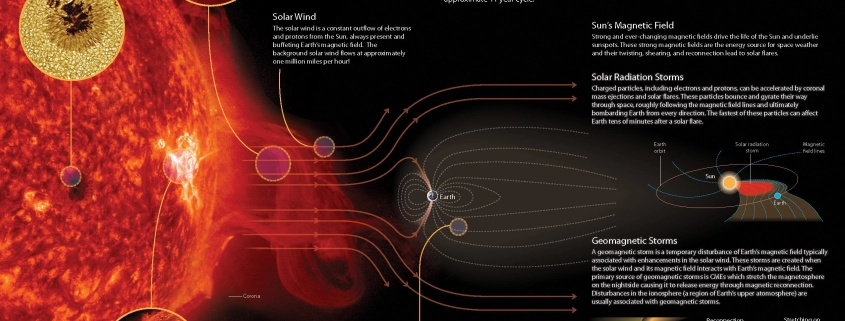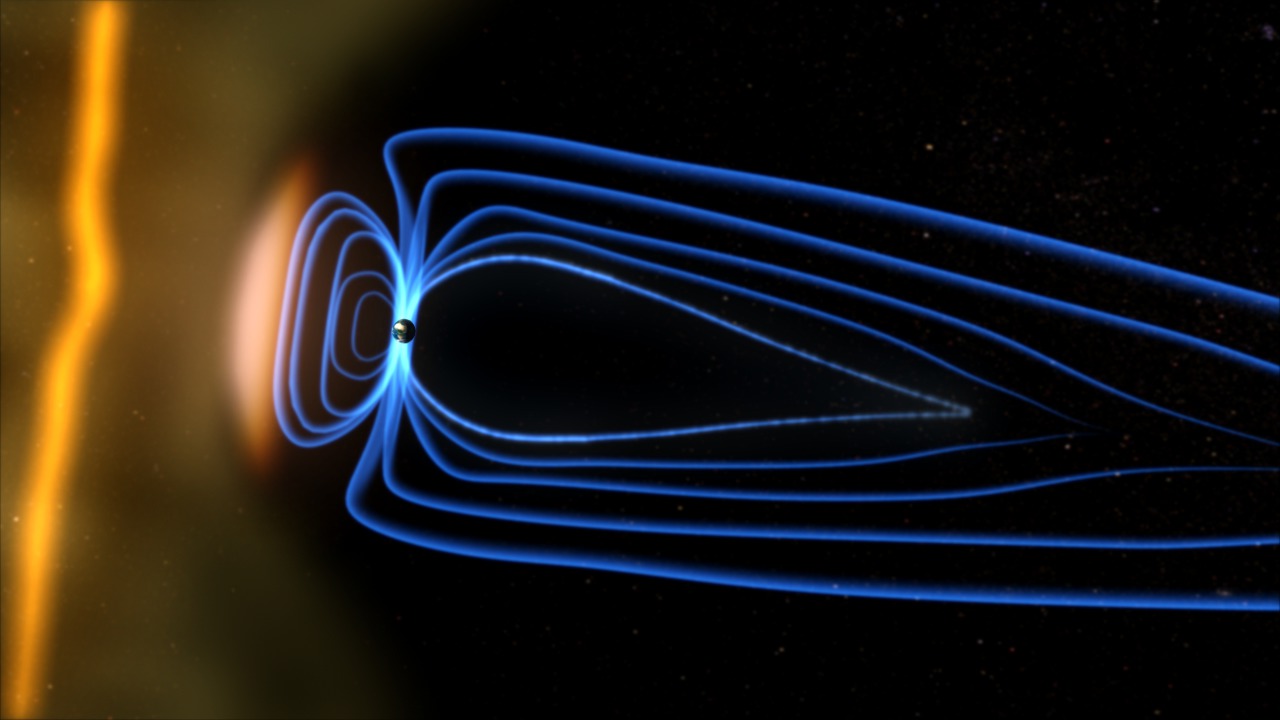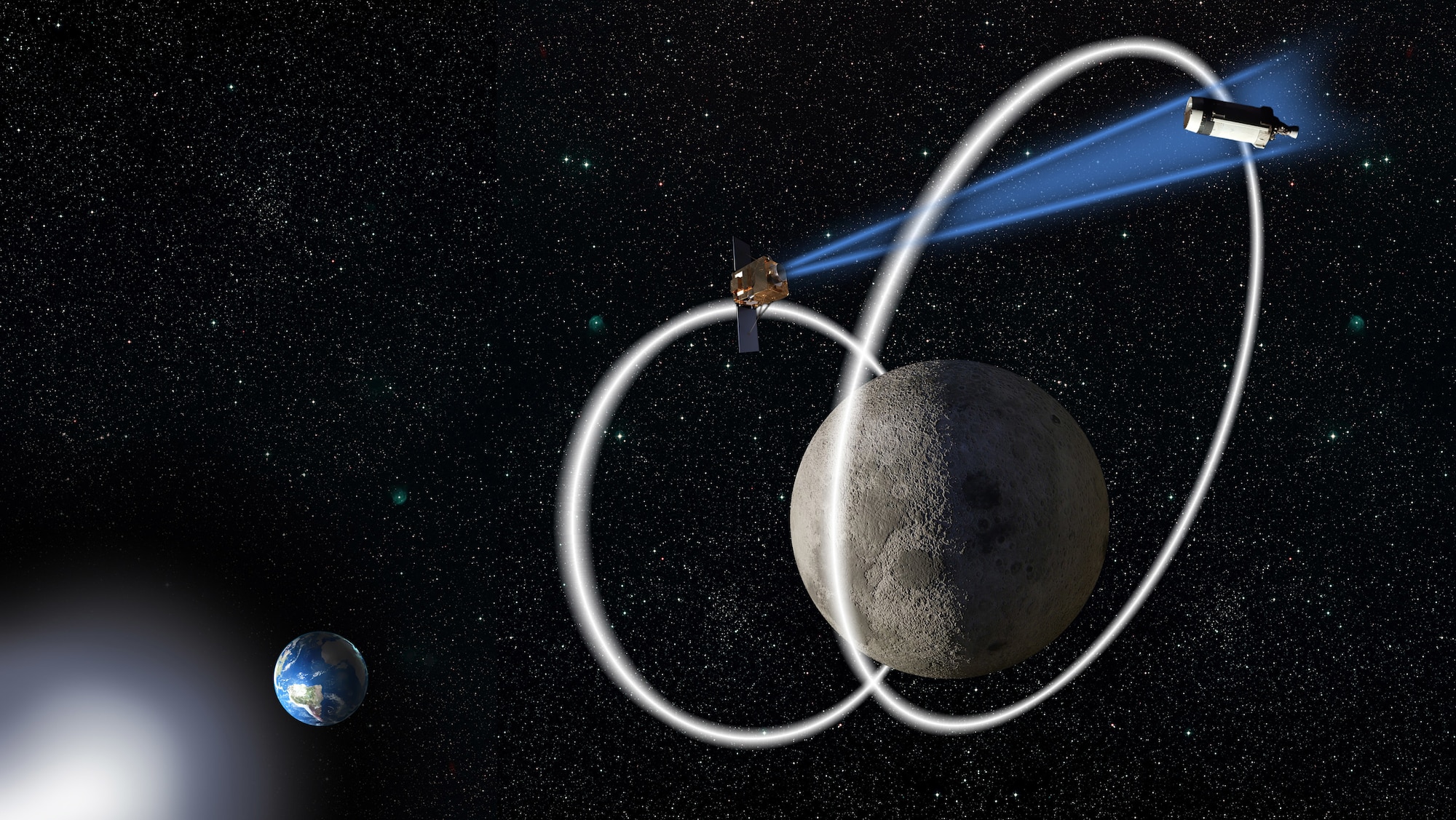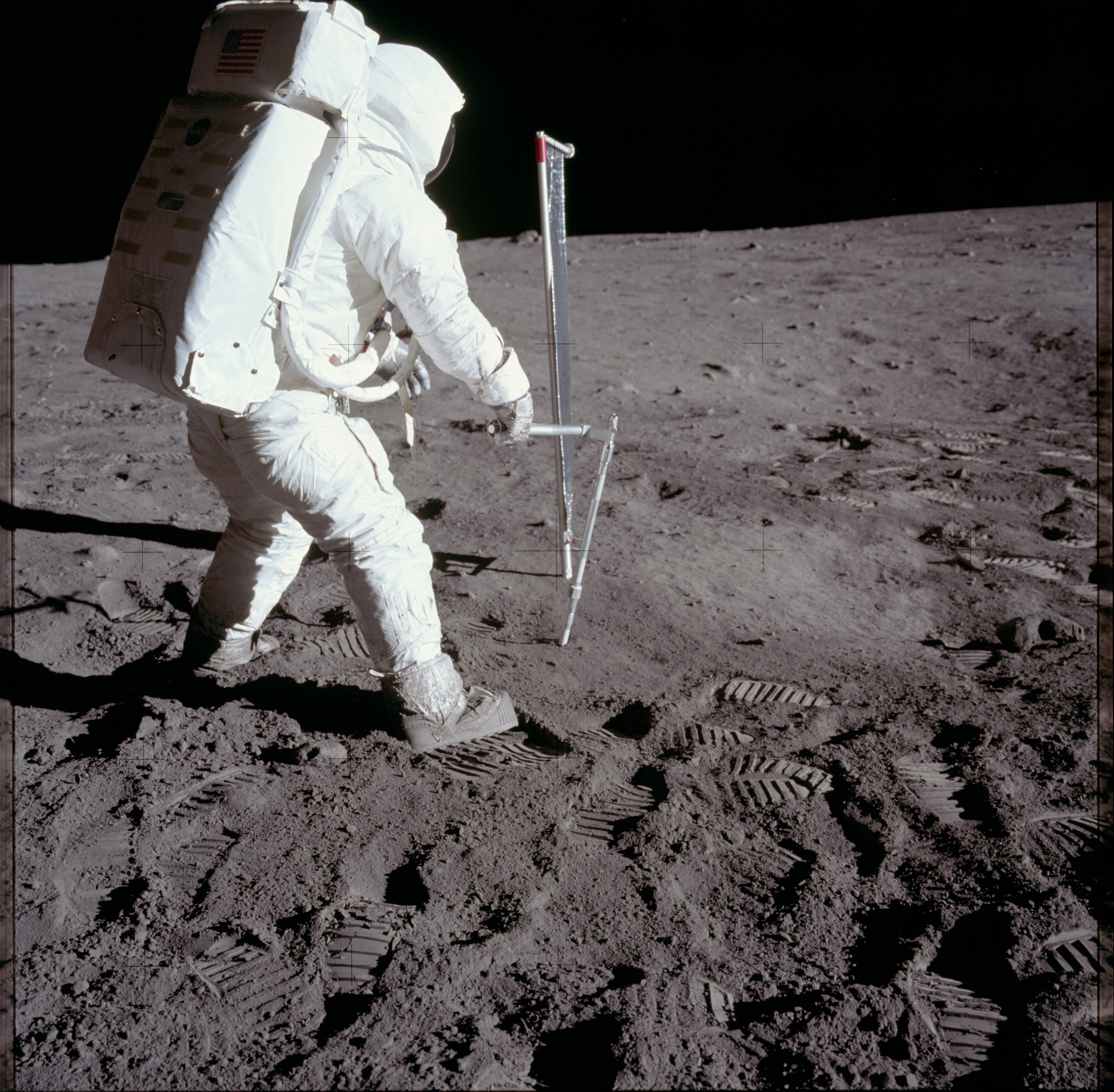
PHY 424: Atmospheric and Space Physics
Course Content

Heliosphere
How is the heliosphere created? Define plasma in the context of the solar system. A brief history of space physics. What are the different magnetospheres within the heliosphere?

Trapped particles
How to describe the gyration of charged particles in the magnetic field lines of Earth? Why do the particles bounce and drift along with the gyration? Which quantities are considered adiabatic invariants?

Collisions and conduction
Collisions in ionized plasma, plasma conductivity, formation of the ionosphere, ionospheric conductivity, ionospheric currents, auroras.

Convection and storms
Diffusion and frozen flux, magnetic merging, convection electric field, corotation and plasmasphere, high-latitude electrodynamics, auroral electrojets, substorms.

Space Dynamics
How to send a spacecraft to orbit Mars?

Space Mission
Design a scientific space mission including its total cost.
Keystone Project



